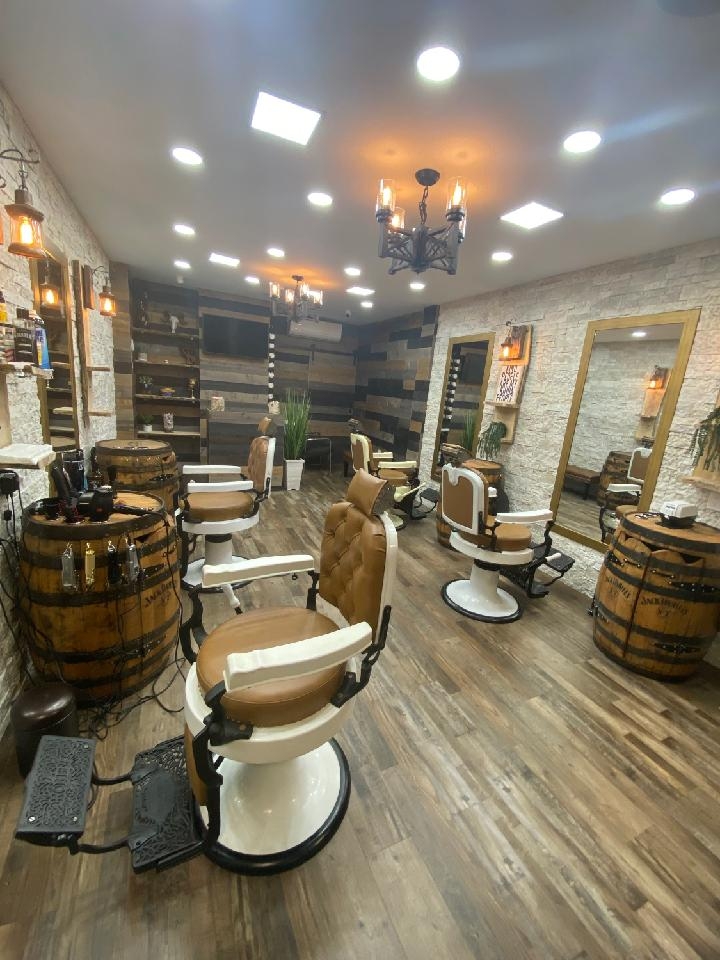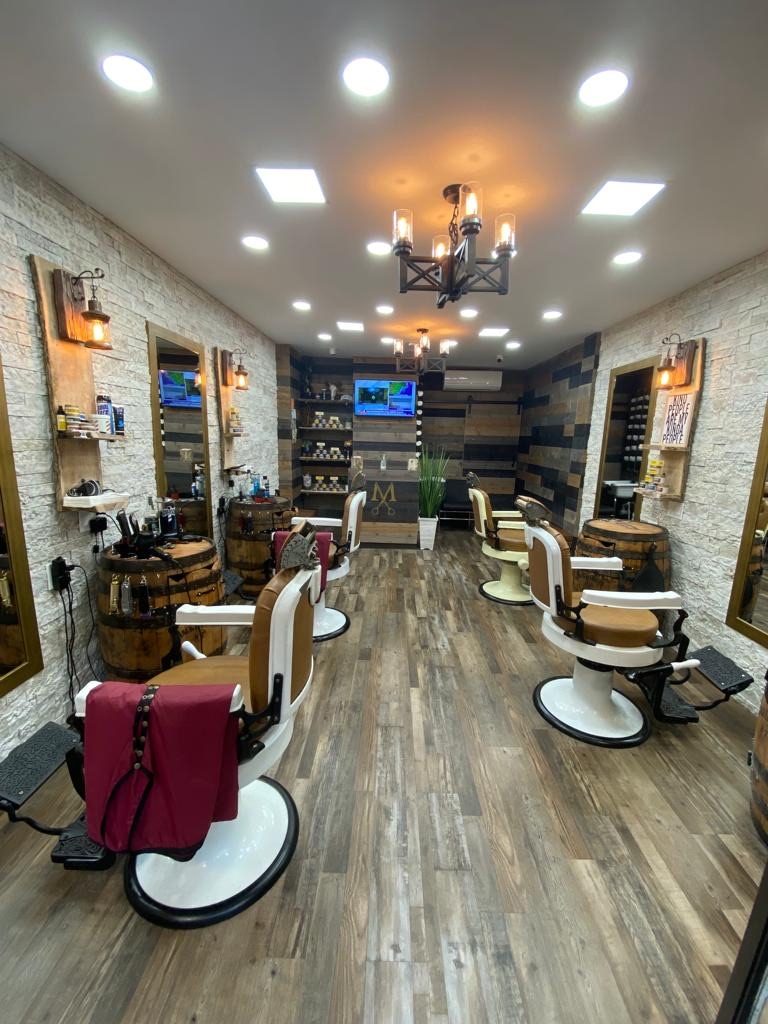Beard Hygiene Practices
How often should someone with a beard wash it to maintain proper hygiene?
To maintain proper hygiene, someone with a beard should wash it at least 2-3 times a week. Washing the beard too frequently can strip it of its natural oils, leading to dryness and irritation. However, not washing it often enough can result in a buildup of dirt, oil, and bacteria, which can cause unpleasant odors and skin issues.



